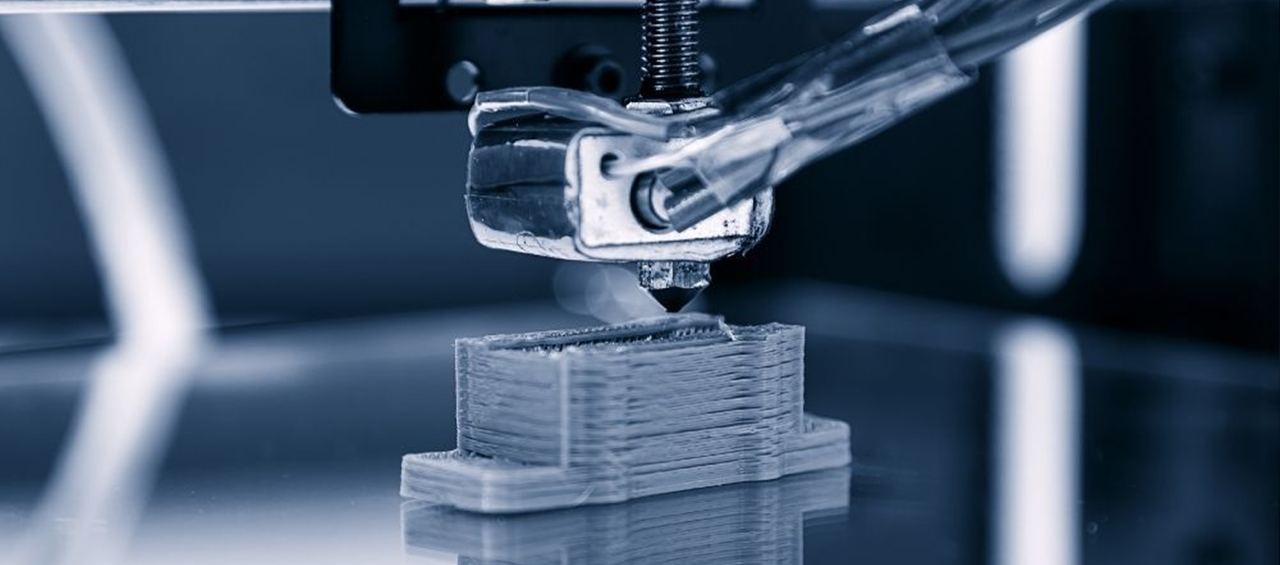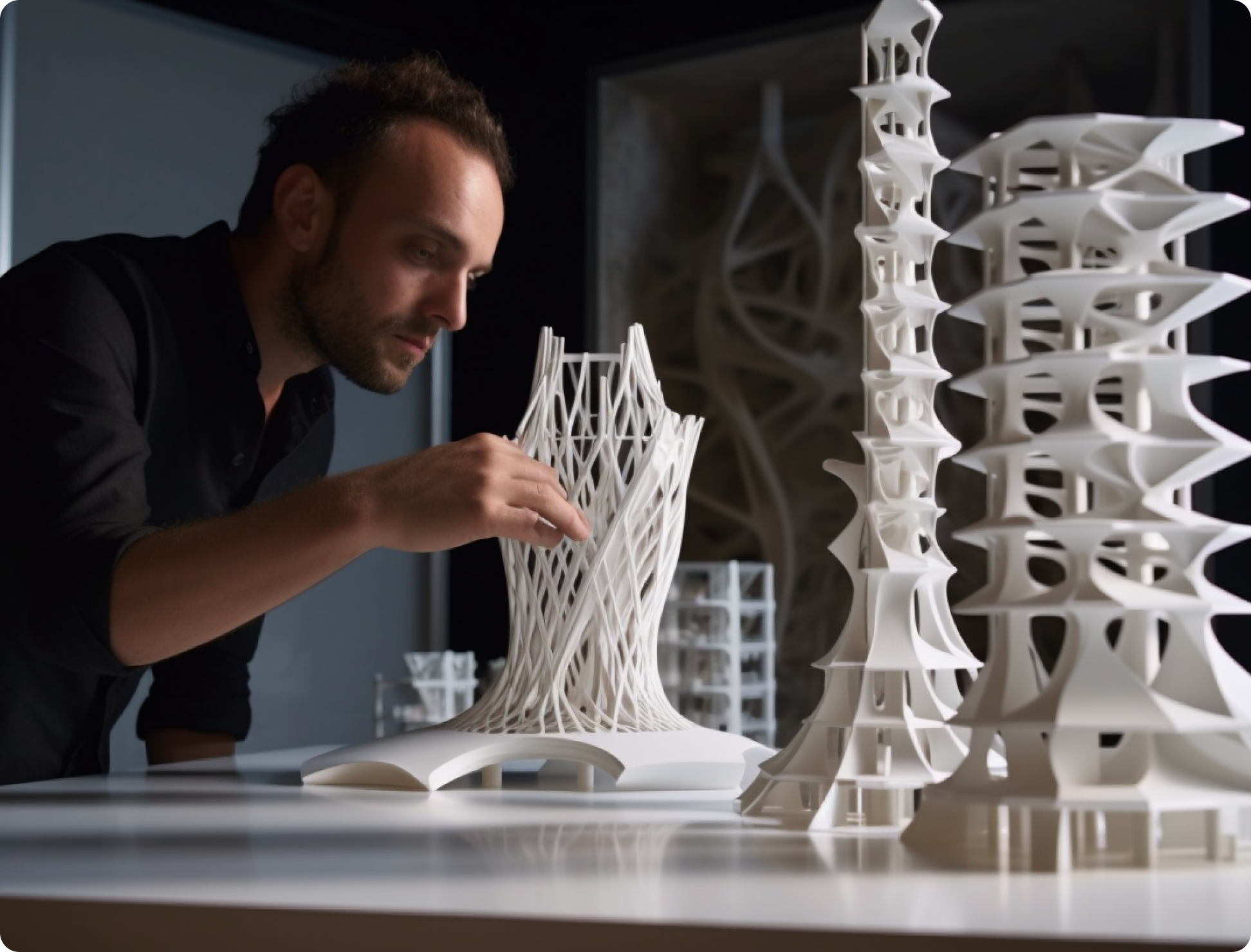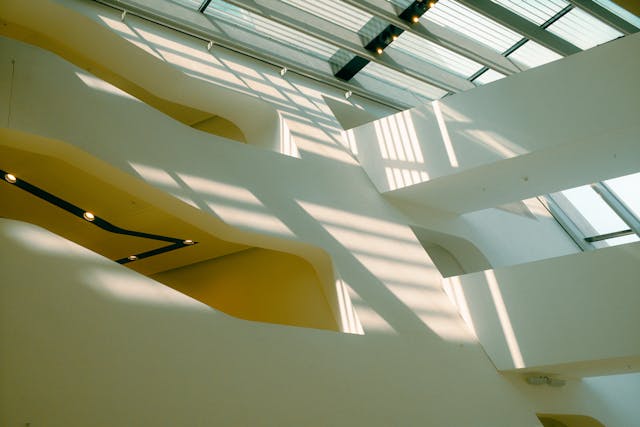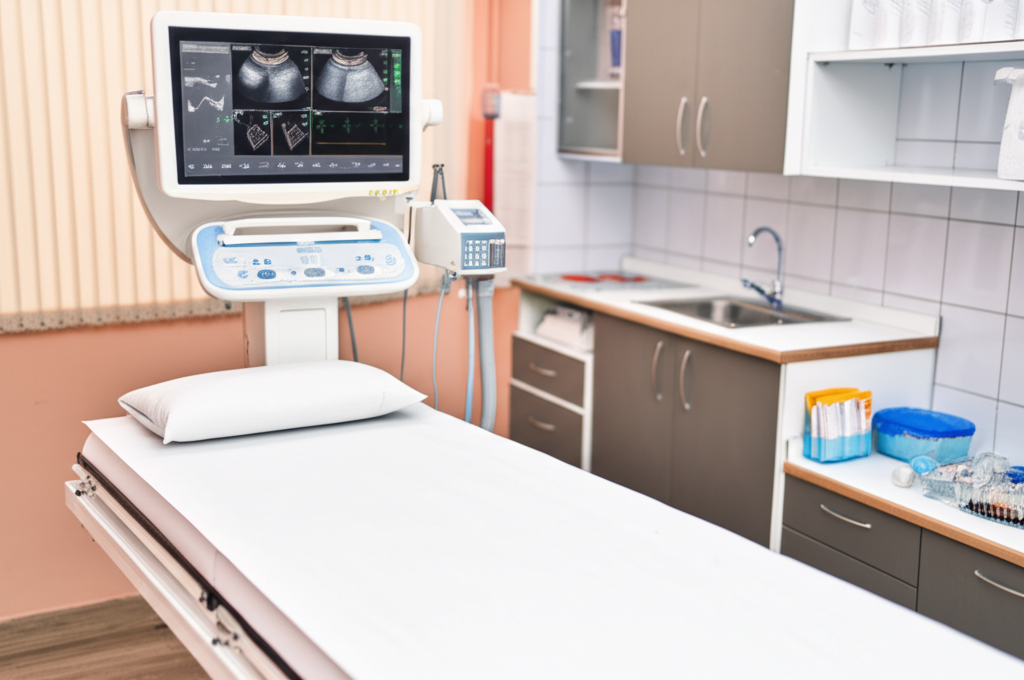3D Printing Dubai

Additive Manufacturing

What exactly is additive manufacturing, and how does it help businesses in Dubai?
Understanding Additive Manufacturing
Additive manufacturing, commonly known as 3D printing, represents a revolutionary approach to production that builds objects layer by layer from digital designs. Unlike traditional subtractive manufacturing methods that cut away material from a solid block, additive manufacturing adds material precisely where needed, resulting in less waste and greater design freedom.
The Core Process
The additive manufacturing process begins with a digital 3D model, typically created using Computer-Aided Design (CAD) software. This model is then sliced into thin horizontal layers using specialized software. The additive manufacturing machine reads these slices and deposits material layer by layer, gradually building up the complete object according to the digital blueprint.
Benefits for Dubai Businesses
Dubai's position as a global innovation hub makes it the perfect environment for additive manufacturing technologies to flourish. Here's how businesses in Dubai are leveraging this technology:
- Rapid Prototyping: Develop and test new product designs in days rather than weeks or months, accelerating innovation cycles.
- Design Freedom: Create complex geometries and internal structures that would be impossible with traditional manufacturing methods.
- Customization: Produce personalized products tailored to individual customer requirements without significant cost increases.
- Supply Chain Optimization: Manufacture parts on-demand and on-site, reducing inventory costs and simplifying logistics.
- Material Efficiency: Minimize waste by using only the material needed for the final product, supporting sustainability goals.
Industry Applications in Dubai
Across Dubai, additive manufacturing is transforming various sectors:
- Architecture: Creating detailed architectural models and even building components with unprecedented precision.
- Healthcare: Producing custom medical implants, prosthetics, and anatomical models for surgical planning.
- Aerospace: Manufacturing lightweight components with complex internal structures to improve fuel efficiency.
- Automotive: Developing functional prototypes and end-use parts with reduced lead times.
- Jewelry: Crafting intricate designs with precious metals that would be challenging to create by hand.
Additive vs. Subtractive Manufacturing
When comparing additive manufacturing to traditional subtractive methods, the advantages become clear:
By embracing additive manufacturing, Dubai businesses are positioning themselves at the forefront of manufacturing innovation, ready to meet the challenges and opportunities of the future economy.
+Gallery


Related Questions



